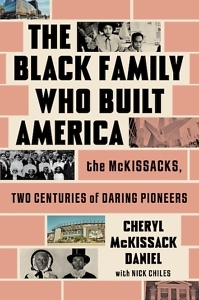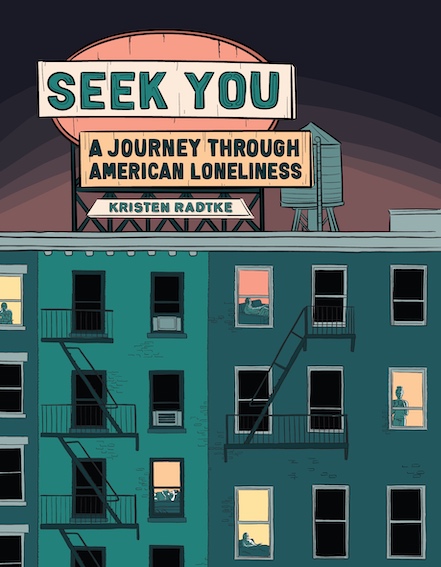A Legacy in Bricks and Steel
Cheryl McKissack Daniel builds on her family’s bold 200-year history in construction
A reader gets a straight shot of Cheryl McKissack Daniel’s bravado in the title of her memoir, The Black Family Who Built America: The McKissacks, Two Centuries of Daring Pioneers.

The McKissacks’ design and construction work may not cover the entire country, but the family’s building businesses have both a venerable history and a vital contemporary presence.
A fearless contract negotiator, McKissack Daniel, president of McKissack & McKissack, has been a player on such high-profile projects as the Barclays Center Transit Connection in Brooklyn, the Perelman Center for Advanced Medicine in Philadelphia, and JFK International Airport Terminal One in Queens.
She grew up in Nashville, where the family business flourished after her grandfather, Moses McKissack III, moved to the city in 1905. McKissack buildings listed on the National Register of Historic Places are scattered across sites in her hometown: the Carnegie Library on the Fisk University campus; the Hubbard House, built for the first president of Meharry Medical College; and the Morris Memorial Building, the longtime location of the McKissack company headquarters, where Cheryl and her twin sister Deryl spent Saturdays with their father, an architect and eventual leader of the family enterprise. The girls got T squares and lettering sets as childhood presents, and their early exposure to the business took hold — both are CEOs of McKissack-branded enterprises, Cheryl’s with headquarters in New York and Philadelphia, Deryl’s in Washington, D.C.
Born in 1961, McKissack Daniel experienced both the security of growing up in a well-to-do, close-knit family and the alienation of growing up Black in a Southern city. She writes that she was 9, attending a child’s birthday party at her godmother’s house, when a cross was set on fire a short distance from the front door. She and her sister were among the first Black students at the elite former Peabody Demonstration School, and McKissack Daniel recalls that they felt pressure to represent their entire community “in our little schoolgirl bodies.”
 McKissack Daniel’s account of her life, written with the journalist Nick Chiles, is disarmingly frank, not only about her business tactics and behind-the-scenes disputes, but about her marital difficulties and reliance on alcohol, describing it as an aid rather than a crutch in her work and social life. She remembers the McKissacks as a family that partied — drinks flowed at family gatherings, and her father took the time one day to “teach” his 15-year-old daughters to drink whiskey; unknown to him they were already self-taught.
McKissack Daniel’s account of her life, written with the journalist Nick Chiles, is disarmingly frank, not only about her business tactics and behind-the-scenes disputes, but about her marital difficulties and reliance on alcohol, describing it as an aid rather than a crutch in her work and social life. She remembers the McKissacks as a family that partied — drinks flowed at family gatherings, and her father took the time one day to “teach” his 15-year-old daughters to drink whiskey; unknown to him they were already self-taught.
The prologue describes the 1790 arrival in North Carolina of McKissack Daniel’s enslaved great-great-grandfather from West Africa. Purchased by the white builder William McKissack, who named him Moses, he became a skilled carpenter and bricklayer. His son Moses II moved to Tennessee with a son of the owner’s family, establishing a building business in Pulaski, Tennessee, after emancipation. After founding the family company in Nashville, Moses III took it to national prominence, receiving a $5.7 million contract to build the Tuskegee air base during World War II, as well as appointment to a White House housing conference during Franklin Roosevelt’s administration. McKissack Daniel’s father expanded the company’s reach along the East Coast, with a concentration on church and education construction. After he had a stroke, her mother took over the business. It was she who landed the design contract for the National Civil Rights Museum in Memphis.
The first chapter of the book plunges into the maelstrom of big-city construction politics with a vignette about McKissack Daniel’s bold pursuit of a role in the building of the Barclays Center. In 2002, she was establishing a McKissack company in Philadelphia and New York City when she heard that the New Jersey Nets were moving to Brooklyn. She describes her determination, “bordering on obsession,” to get her company involved in building the inevitable arena. She worked back channels, marshaling people she knew from her work as a Howard University-trained civil engineer, to land a job demolishing and rebuilding a railyard and bridge to clear the Barclays Center site, then building the subway station to serve it. In 2012, 10 years after her first notion that she needed to take part in Barclays, she sat in the opening night crowd to hear the rapper Jay-Z, an investor in the project, take the stage for its first performance.
Pursuing angles to position her fledgling company in the rooms where decisions were made led to meetings with the multi-billionaire Michael Bloomberg, then-mayor of New York City, and New York governor George Pataki. Minority and Women-owned Business Enterprise set-aside programs were key to her access, she writes.
As the current federal administration works to shut down diversity, equity, and inclusion (DEI) provisions in government and education, McKissack Daniel presents her personal history as a counter-narrative. In a promotion for her new book on Instagram, she protests the “gutting” of DEI, saying, “We’re watching history being erased in real time.”

Formerly the books editor at The Commercial Appeal in Memphis and the art and culture editor for The Daily Memphian, Peggy Burch holds a master’s degree in English literature from the University of Mississippi.


